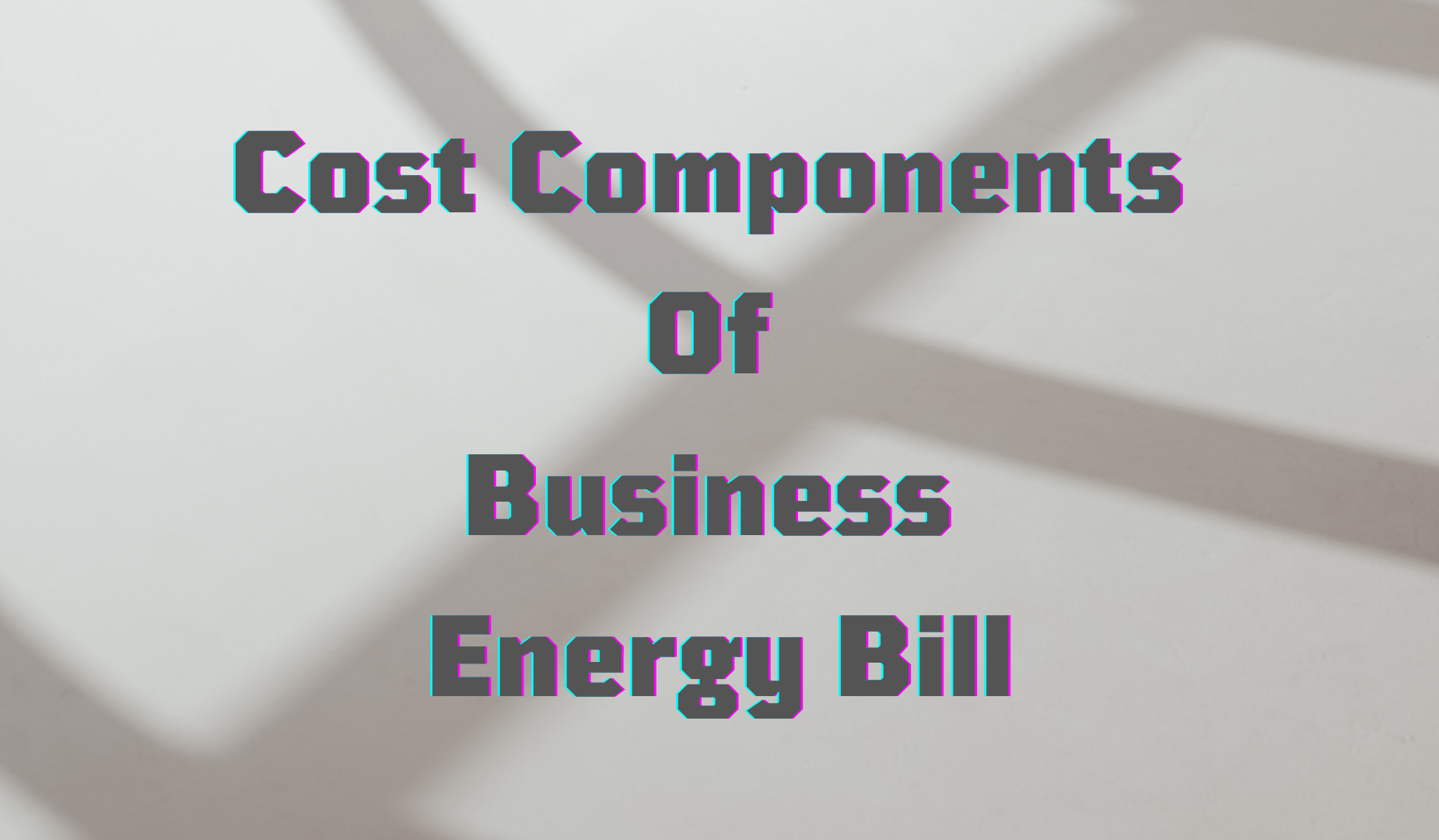Saving money on business energy bills starts with understanding the basic components of energy bills. Understand how these bills are calculated. This guide is going to take you through business energy bills, helping you understand how they are calculated.
How To Read Energy Bill
If you want to manage your energy usage, start with the bill. Go through the bill to ensure that the details and figures are accurate. Check the meter number and check the rates. Are you on the right plan? Going through the bill will help you spot overpayments. Look at the following information in your bills.
Bill Date
Check and see if the bill date and bill numbers are correct. Ensure that the date is current. If the date isn’t correct, note it down.
Account Number
Ensure that the account number is correct. A missing number may result in the wrong bill. That’s why you should ensure that the number indicated in the bill is correct.
Energy Plan
The next item you should check is the energy plan. Ensure that you are listed on the correct energy plan. What is the duration of that plan? If you are listed on the wrong plan, report it. In Texas, consumers can make good use of energy comparison websites to shop Texas electricity prices and find the best energy plan.
Account
The account details in the bill should be correct. The account should show any outstanding balance and the money received. Countercheck these details to make sure that they are correct.
Other Details
You should also look for the following additional details:
- Amount due
- VAT charges
- Additional charges
- Night unit charge
Cost Components of a Business Energy Bill
Besides understanding how to read the bill, it’s also important to know the contents. Understanding these details will play a key role when it comes to getting cheaper utility bills:
Wholesale Costs
Business energy comes in bulk. It is then sold to corporate customers. Your supplier will pay the wholesale cost. This can hugely influence the cost of your energy. There are several factors that can affect this cost. Common ones include:
- Natural disasters
- Political instability
- Conflicts
Of course, you cannot see this cost component in your bill. However, it will be factored in the total cost of energy. According to experts, if you don’t want to pay fluctuating energy costs, consider switching to a fixed energy plan.
Transmission Charges
The cost of transporting energy to your business can be high. This charge is included in the overall price of the energy. Still more, they will factor in maintenance costs when calculating this cost. At times, transmission charges are based on a flat rate. However, if you are located in remote areas, you may end up paying higher. The only way to reduce this cost is to relocate your business to urban areas.
Other Cost Components
Other items include:
- Distribution Use
- Climate Change Levy
- Value Added Tax
The Bottom-Line
If you want to lower your business’s energy costs, understand how the bills are calculated. Read the meter correctly. Pay your bills appropriately. Know how to spot meter reading errors. The above guide will help you understand all things business energy bills.
